Think you have to stockpile every item labeled as “survival gear”? Think again—many so-called essentials are actually a waste of time and money.
Sorting through endless survival gear can be overwhelming, leading many to accumulate items that aren’t truly necessary. Focusing on what you don’t need can streamline your prepping efforts and prevent unnecessary spending.
In this guide, we’ve examined advice from experienced preppers to highlight which items are overrated and why they should be avoided. By understanding what doesn’t belong in your survival kit, you can build a more effective and practical stockpile.
1. Land Navigation Gear
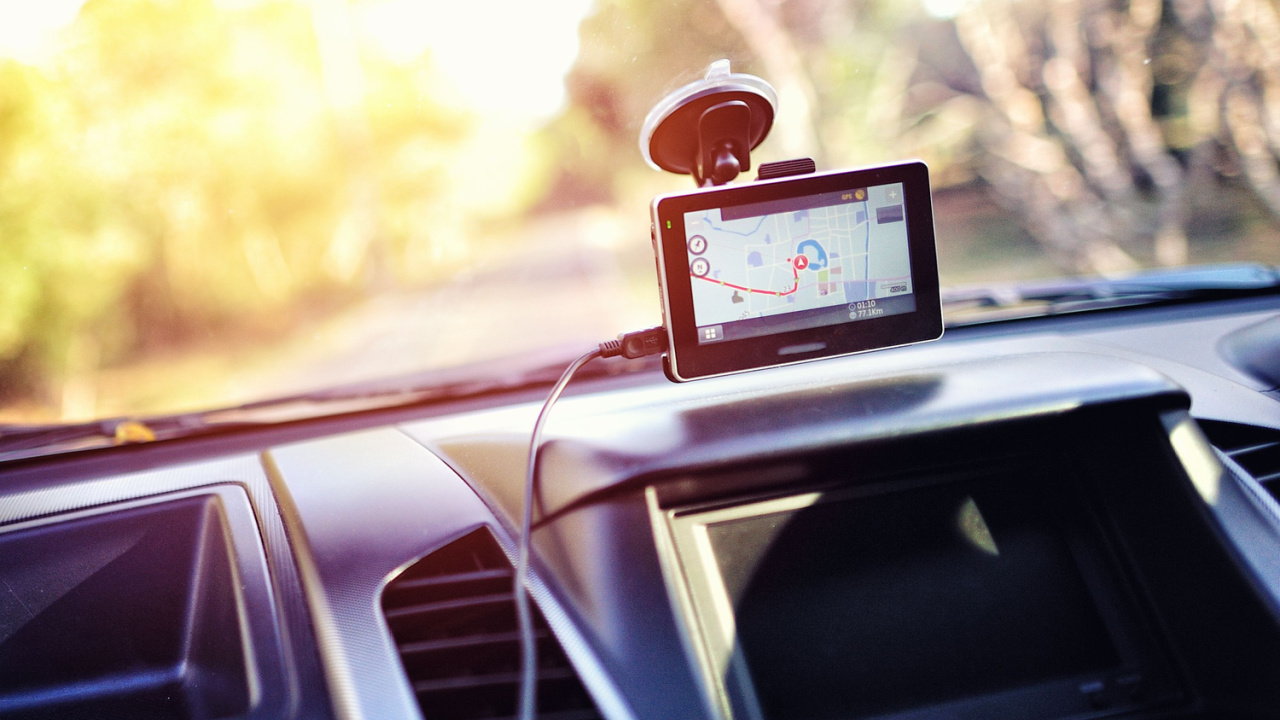
Having certain gear like a small compass in your prepping packs is not a problem and likely won’t put you back financially or weigh you down. However, high-end GPS devices can be quite useful in emergencies, especially in remote or unfamiliar areas where traditional navigation methods might fail.
More often than not, you won’t need these devices, especially since most major emergencies will see the proper authorities trying to guide you out of the situation and to a safer destination altogether.
2. Tube Tents
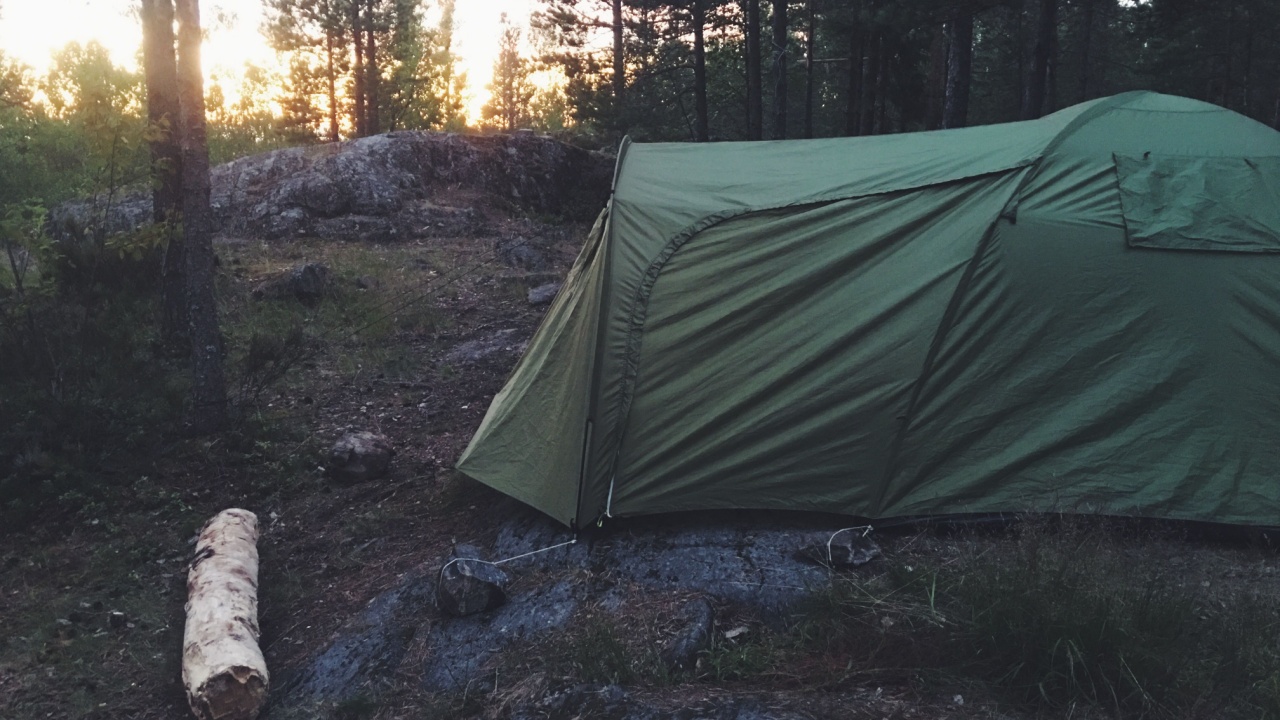
Tube tents are often promoted as some of the best emergency tents for a tight situation. While they are lightweight and portable, making them useful when weight and space are concerns, they may offer limited protection compared to more robust shelters.
Tube tents are hardly good survival equipment. You’re better off investing in a medium-quality tent at your local camping or outdoor store.
3. MREs
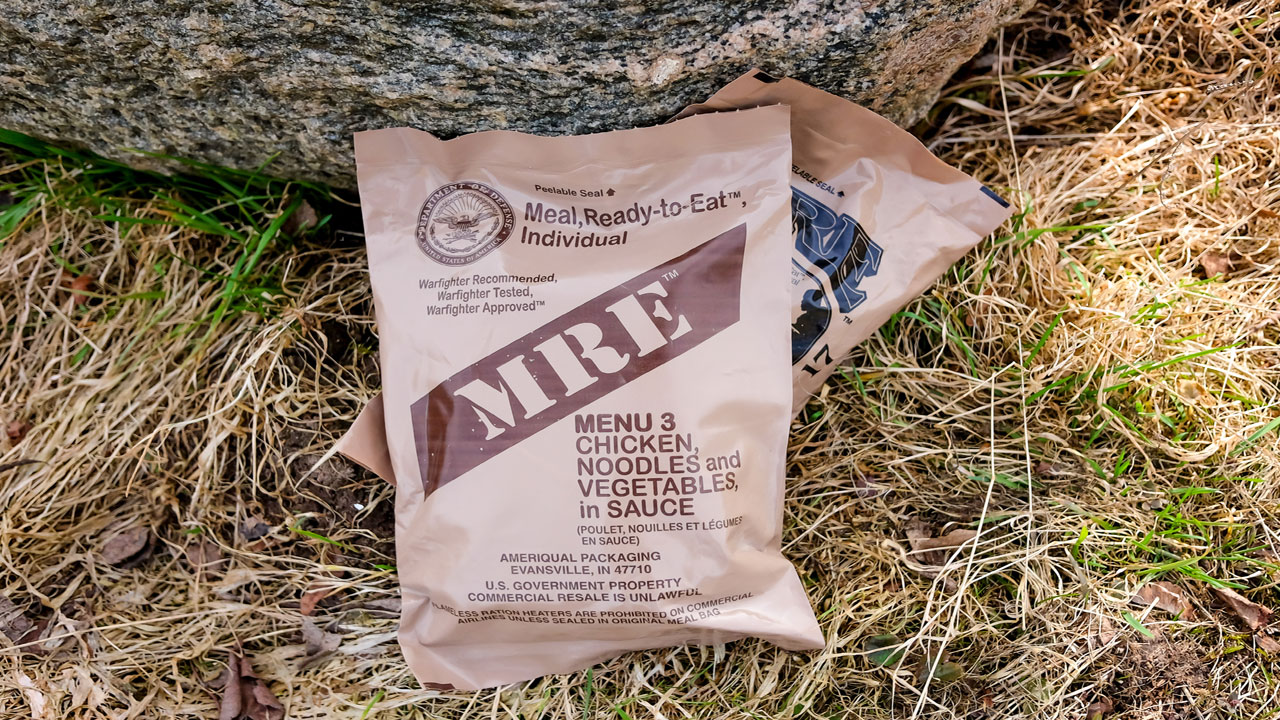
Meals, ready-to-eat (MREs) are probably the go-to food you see when you’re thinking about stocking up on survival goods. They are convenient for short-term emergencies and have a long shelf life. However, they can be expensive.
For long-term food storage, learning to preserve and store food effectively is a better and cheaper alternative.
4. Already Assembled First-Aid Kits
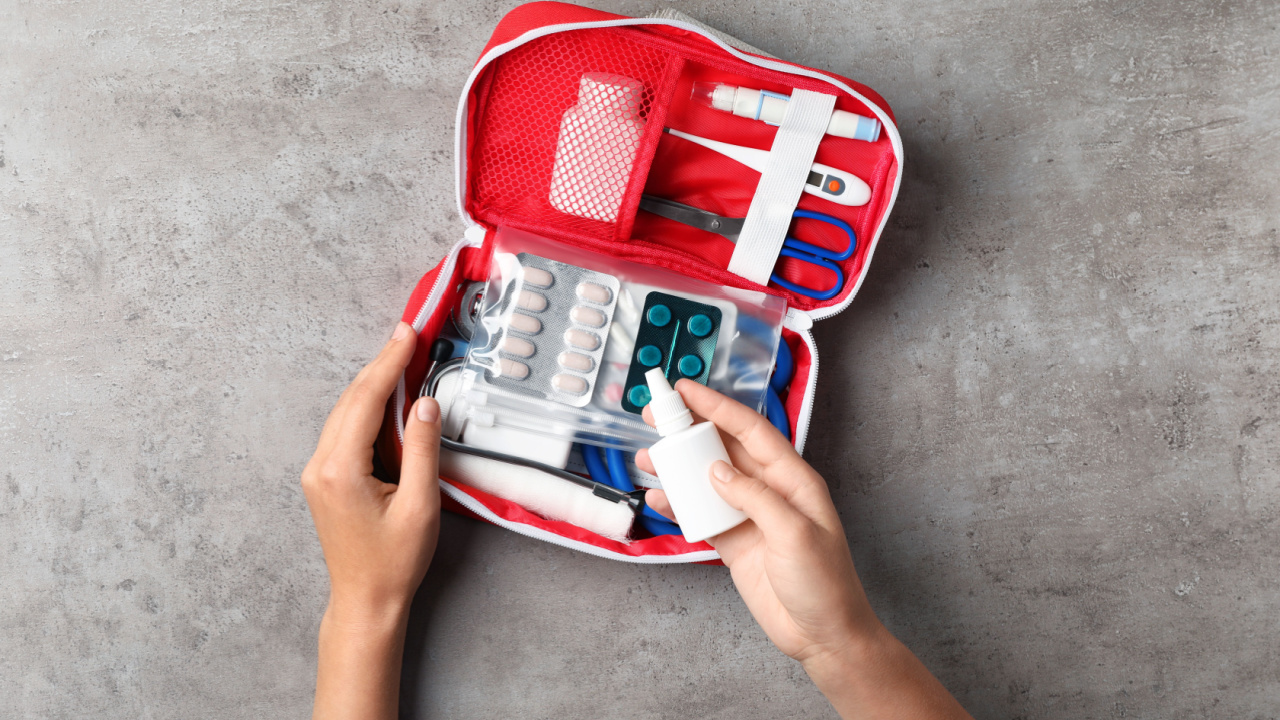
Pre-assembled first-aid kits might seem like a must-have for survival. While some are well-made and include important supplies, it’s crucial to check if the kit is complete and of good quality.
If you really want to be ready for an emergency survival situation, it’s best to invest in your own medical supplies and make kits for yourself that you know will keep you safe if you encounter any issues that put your health and safety in danger.
5. Swiss Army Knives

Swiss army knives are clever little tools that can help you keep multiple items you might need on hand, whether a small knife, scissors, or the like. But while these items might be useful in a pinch, they’re not the essential survival tools you think they might be.
Most of the tools don’t do the job effectively as they should, and quality will vary greatly depending on which Swiss army knife you buy. It’s much better to have each high-quality tool on hand than to invest in one that might not do the job when you’re counting on it most.
6. Precious Metals

A common prepper trend is stocking up on precious metals if things go sideways. Investing in precious metals can help hedge against risk and might be valuable in certain disaster situations.
But with that said, precious metals are not essential for survival. They’ll probably just weigh you down or make you a target in the wrong conditions.
7. Single-Use Items
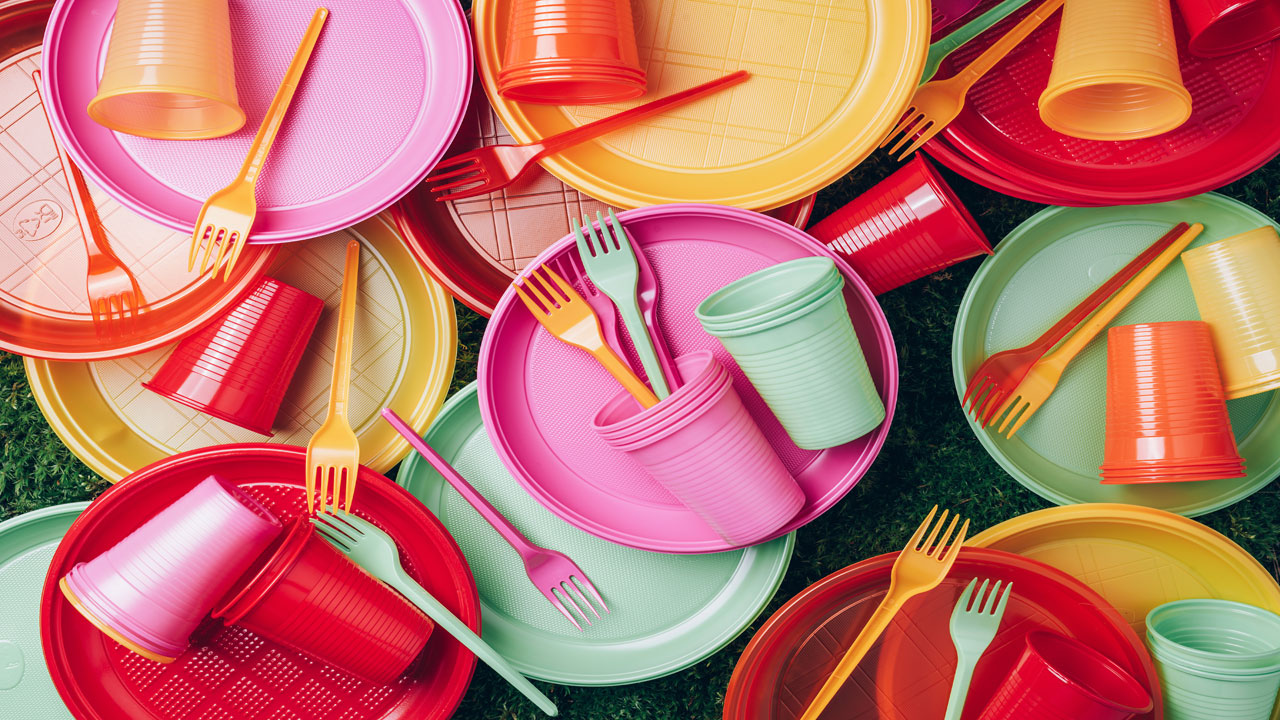
Single-use items like utensils or plates are convenient, cheap, and relatively lightweight. As such, most people stock up on these items, thinking they might need them during an emergency. It’s not a bad idea, but is it the best?
These items will cause you to produce waste quickly, and they can be quite heavy if you need to try to drag them along with you. If you have a choice between single-use and reusable items, you should go with the latter options.
8. Power Banks
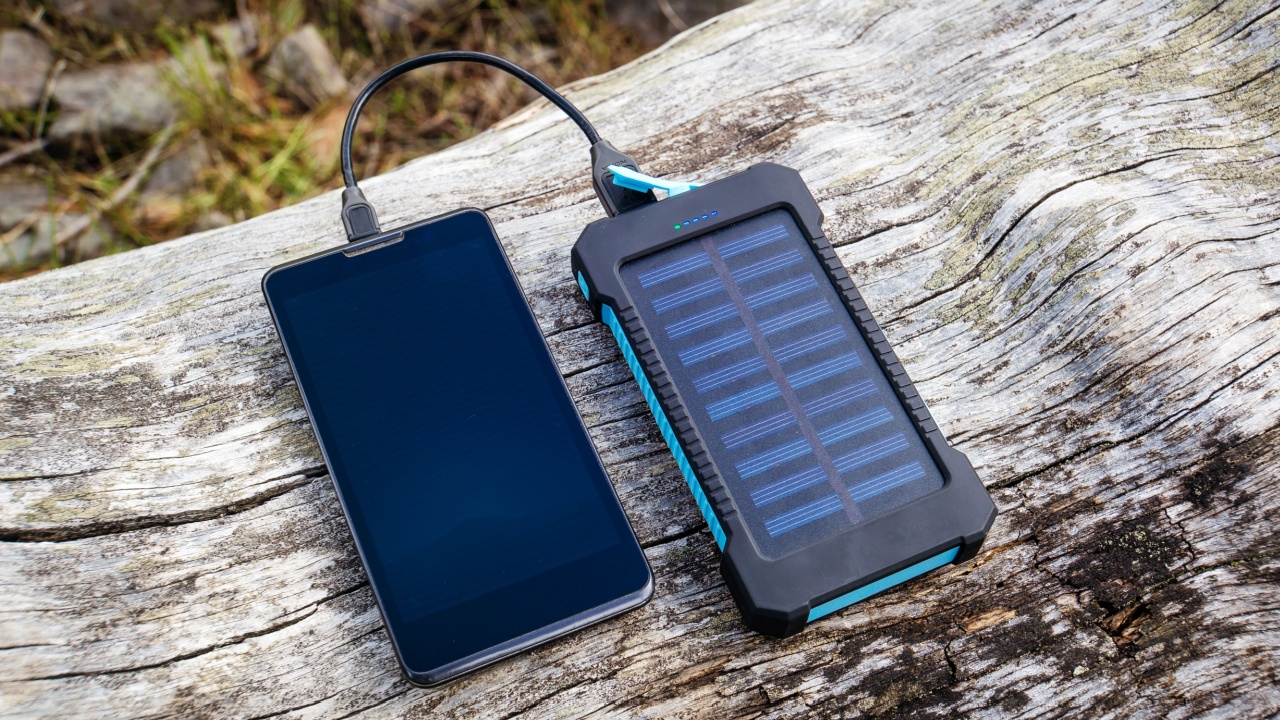
Power stations are a great survival tool, and you might consider purchasing a few of their smaller counterparts. But while power banks might be convenient when you need a little juice for your phone, they’re not much help when you need to charge critical items in your home for a significant amount of time.
They’re not a bad investment, but they’re not crucial for survival, and they’ll weigh you down if you have to travel.
9. Fuel
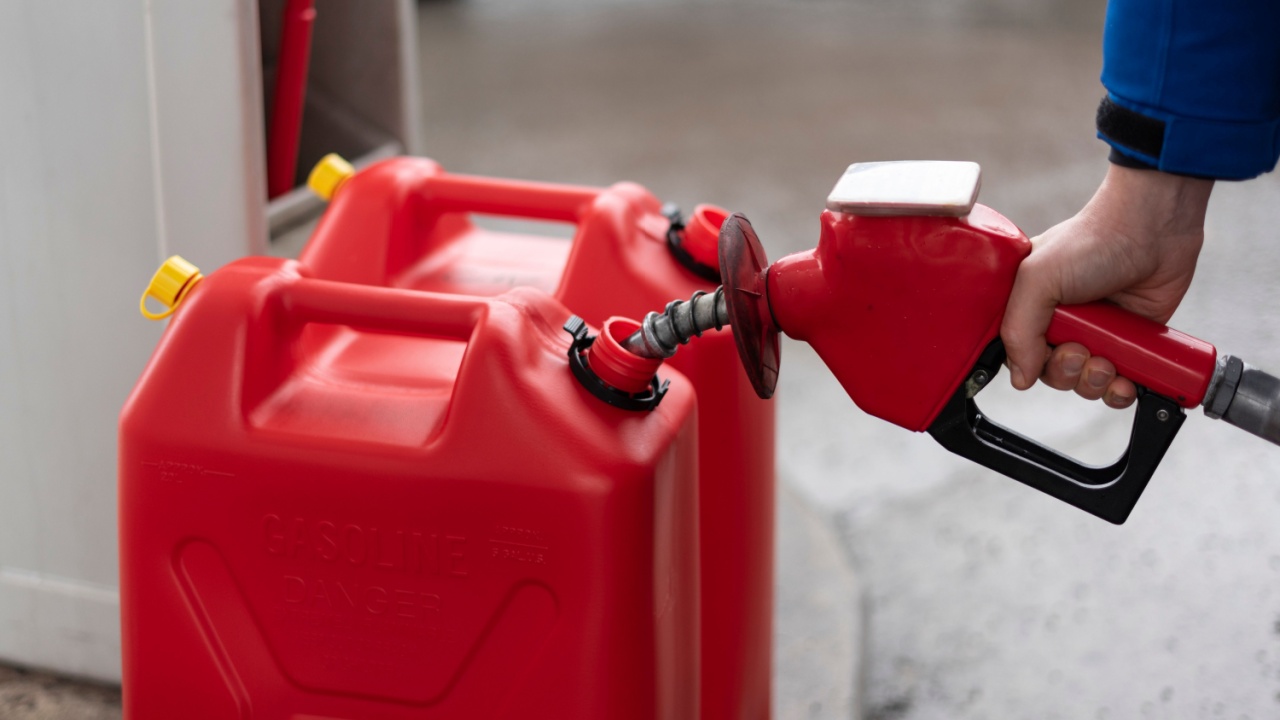
Fuel seems like the perfect thing to keep around for survival, right? Most preppers disagree.
Stockpiling fuel is expensive, and it’s not the easiest thing to haul around unless you plan on navigating an emergency situation only in your vehicle. Another issue is it goes bad. Most times, gas begins to spoil after 6 -12 months. Even worse, should anything happen to the fuel, you risk burning down your home.
10. An Arsenal of Firearms

Like any other weapon, a firearm is useful to have in a bug-out bag or in a safe place nearby for emergencies. Instead of having numerous firearms, focus on having one well-chosen firearm that suits your needs and ensure you are well-trained in its use. This is more practical and effective.
11. Massive Amounts of Water
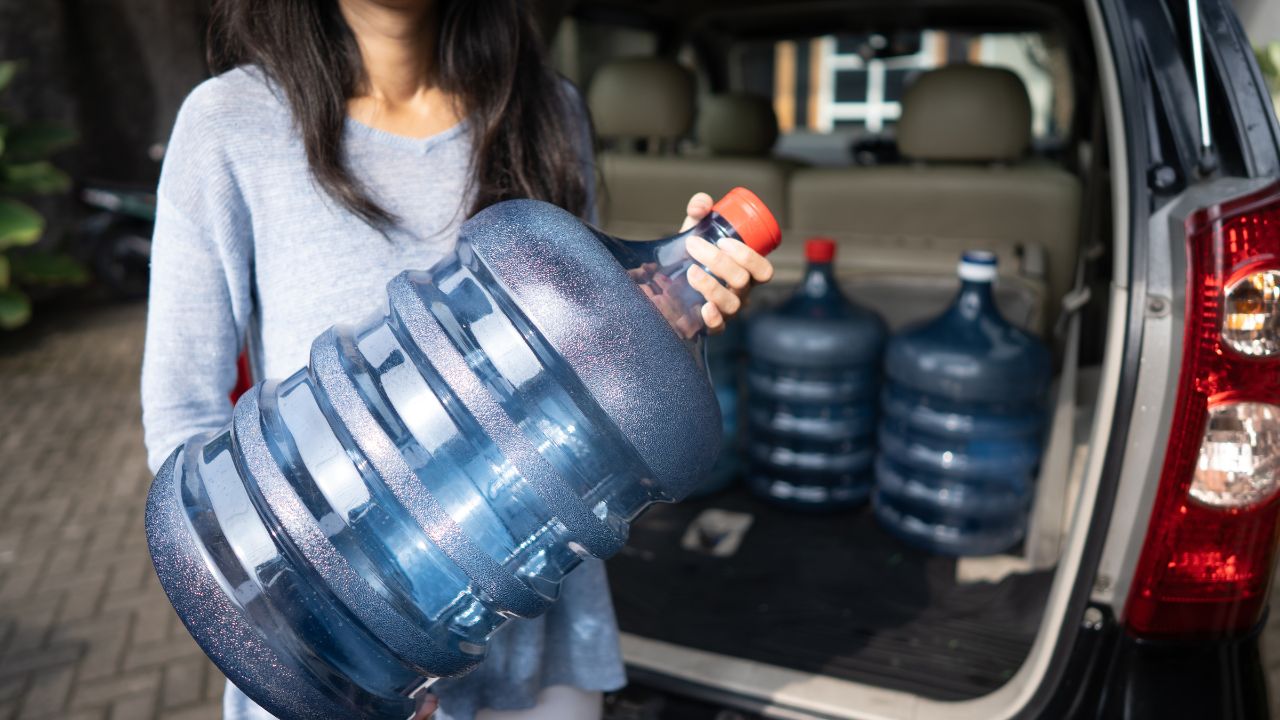
Water is an essential survival purchase, right? Absolutely! Having several gallons of water on hand and portable water sources is great for staying hydrated. What isn’t essential for survival, however, is having water stores so large you couldn’t possibly go through them on your own or take them with you if the need arose.
Ask yourself, how much water is really necessary? Start with a few days’ worth and then increase as needed. But if you can’t take it with you, or it’s taking up too much space, and you aren’t able to use it, you’re probably surpassing your survival needs.
12. Tools You Don’t Know How to Use
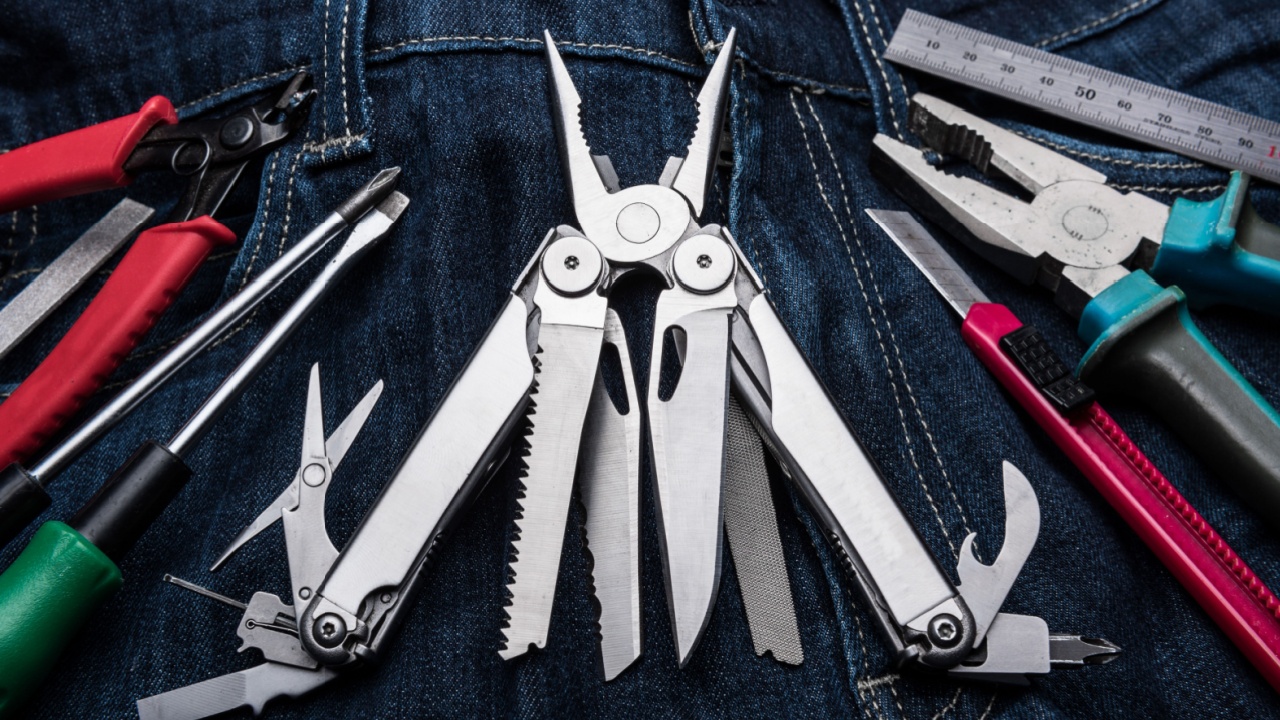
Learning how to survive is great, but buying tools you don’t know how to use might not be as beneficial. It’s better to acquire familiar tools and only purchase new ones if you are willing to learn how to use them effectively.
13. Portable Showers
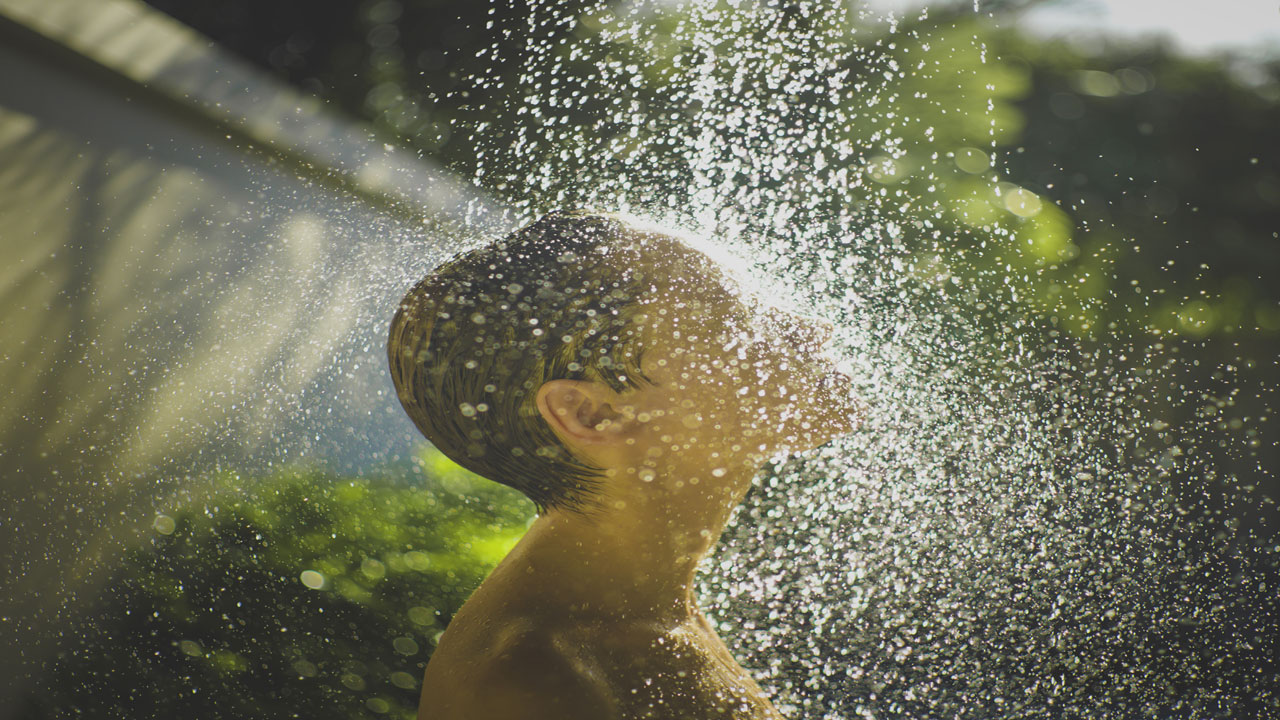
Staying clean is important for preventing rashes or infections. Portable showers can be practical for maintaining hygiene in emergencies, though they might be awkward to carry and use. Wet wipes are a good alternative for short-term cleanliness until a proper bathing solution is available.
14. High-End Camping Knives
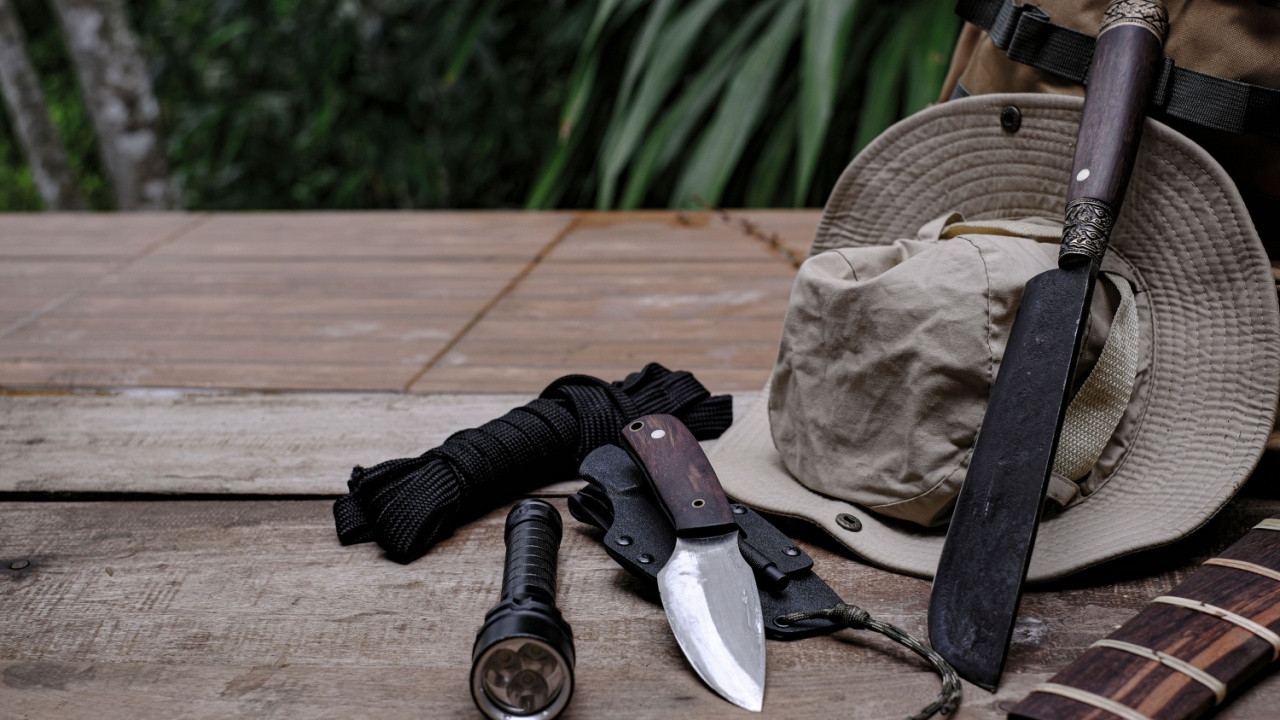
High-end camping knives often come with many features, but they might be “jack of all trades, master of none.” Instead, focus on quality knives designed for specific tasks, which can enhance their effectiveness and suitability for survival situations.
15. Fancy Water Filter Bottles
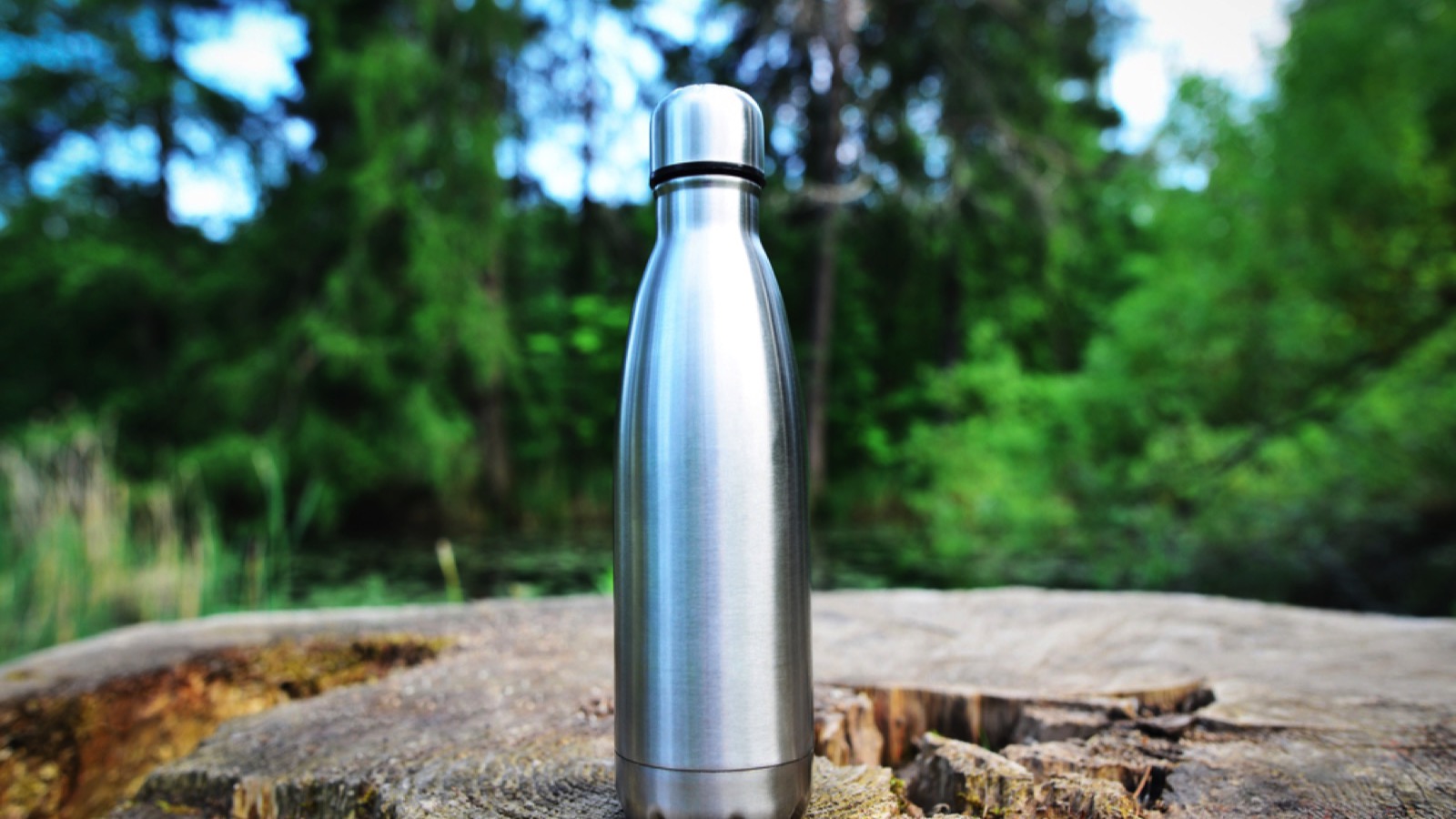
Clean water is crucial, but not all water filtration devices may perform as well as advertised. Some fancy water filter bottles might not filter water as effectively or can be slow. Consider high-quality options and additional purification methods like tablets or straws if needed.
16. Water Pouches
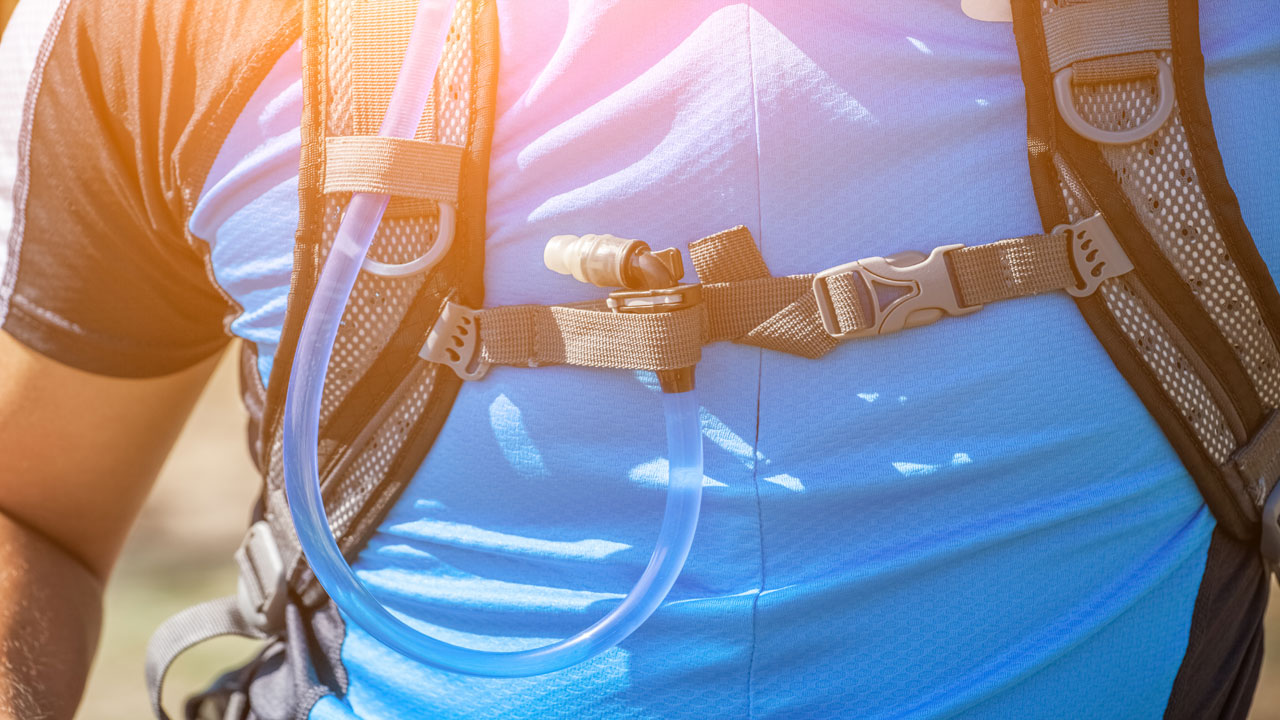
If you’ve been shopping for survival items, you’ve seen water pouches alongside MREs. Water pouches are supposed to provide you with a limited amount of water that’s easier to carry.
The biggest problem with these items is that, while they seem convenient on the surface, they get heavy if you try to carry a realistic amount of water with you and may burst in any pack if you have too much stuff on you. Go with more durable forms of water storage.
17. Security Tools
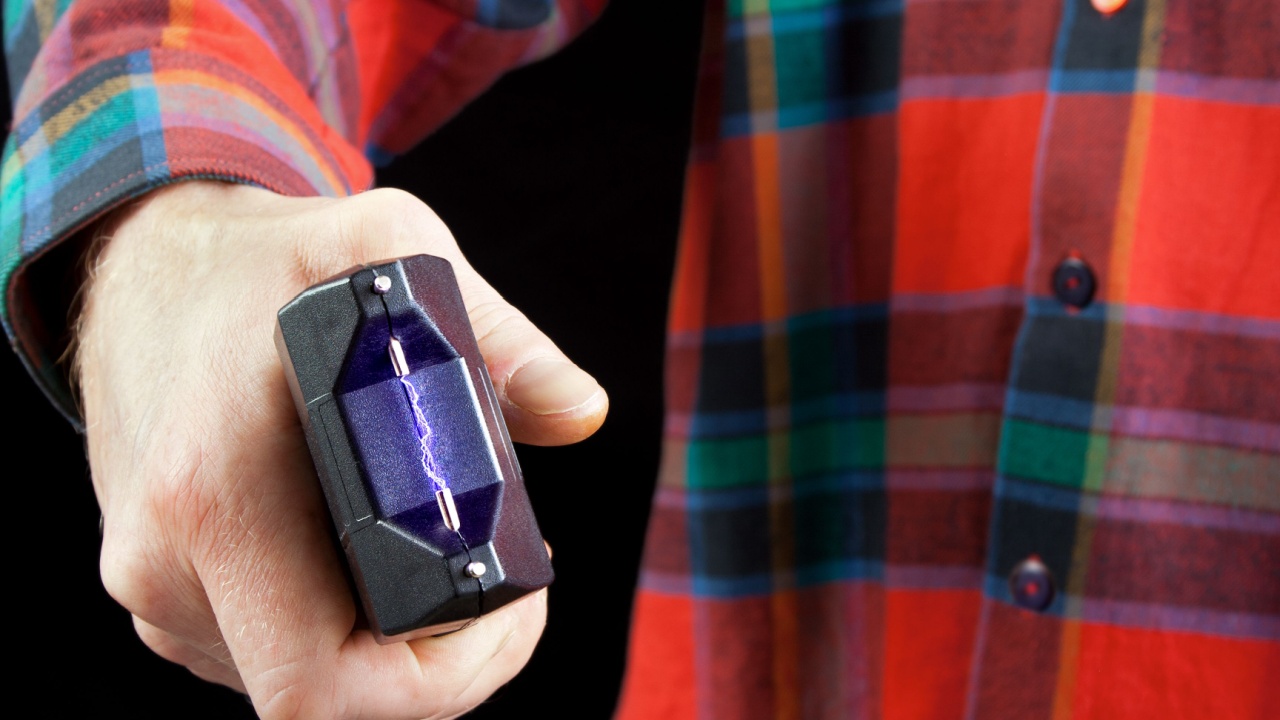
Loud whistles? Bright, flashing lights? Security tools have their purposes, but survival typically isn’t one of them. This is especially true in the scenarios that you’re likely thinking of, where catching attention either won’t be possible or wouldn’t be wise at risk of being seen by others. Leave the security tools for another day and keep them out of your prepping supplies.
18. Fuel-Based Generators
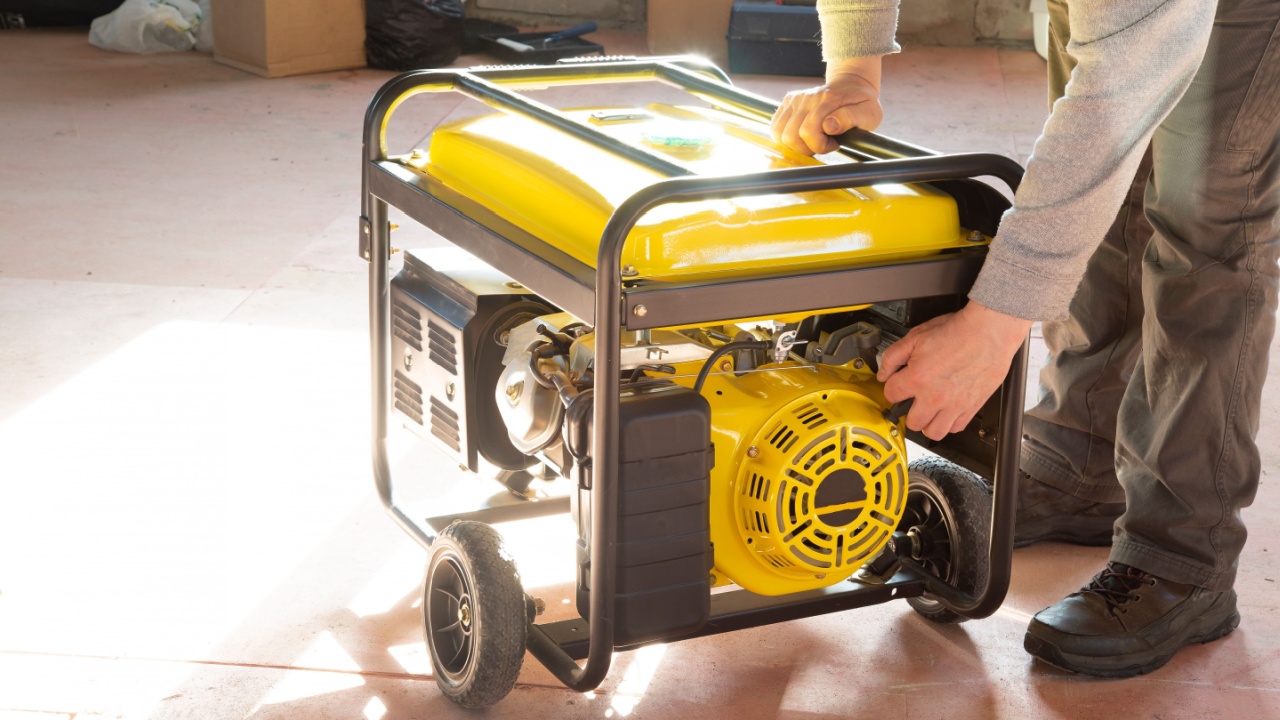
Having a generator for backup power can make all the difference in an emergency power outage or even in a situation where power won’t be easily accessible. But which generator should you go with?
Fuel-based generators are a popular choice, but they can be loud and attention-grabbing and won’t be useful if you don’t have fuel. Solar-powered options are better and rely on a fuel source you won’t run out of anytime soon.
19. Batteries

Batteries are needed if you have things like walkie-talkies or flashlights. Fortunately, many of these take regular batteries like AAs or AAAs. Some people preparing for a potential disaster make the mistake of thinking they will need special batteries that fall outside the more popularly used ones.
Unless you have certain items, like hearing aids, that you need to power, save your money. These likely won’t be essential for survival.
20. Survival Kits
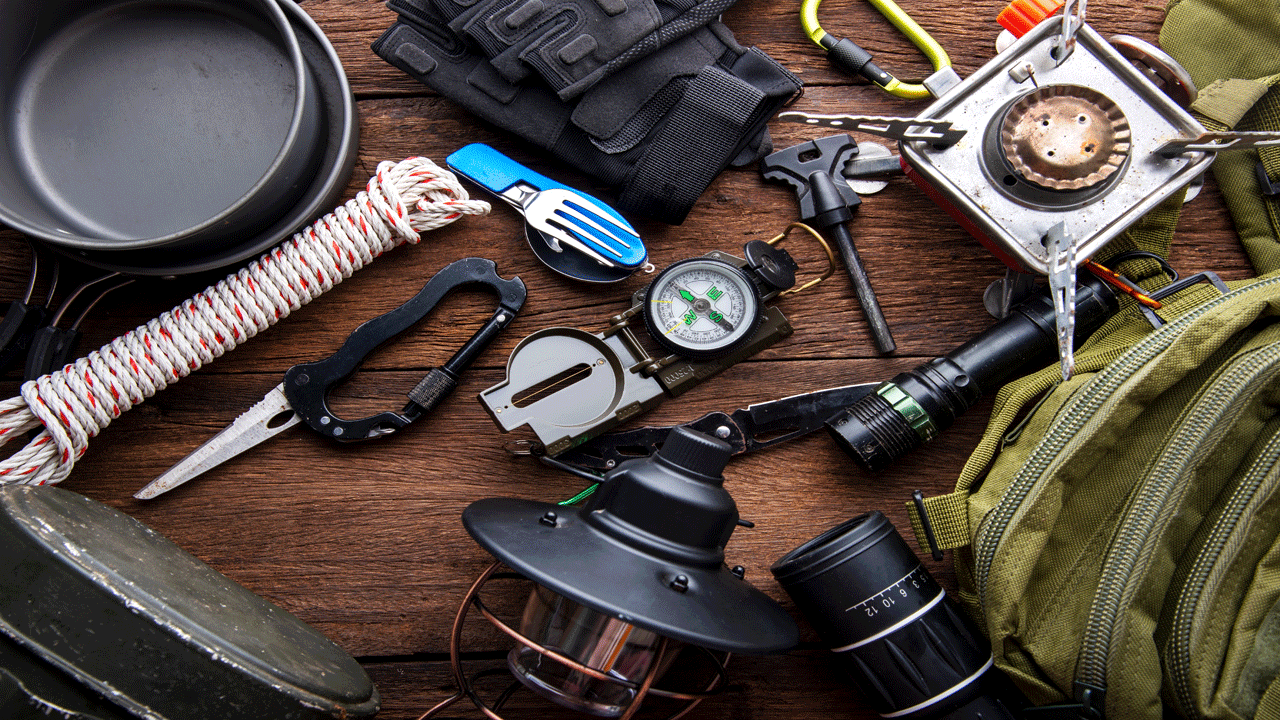
Survival kits give you everything you might need in a convenient bag or box shipped right to your door. But do they? These expensive kits often only have some of the most crucial essentials and may provide you with a few cheap things you could have gotten on your own.
As with pre-assembled first-aid kits, never buy survival kits. Invest in all the necessary gear to make your own!
21. Large Bags
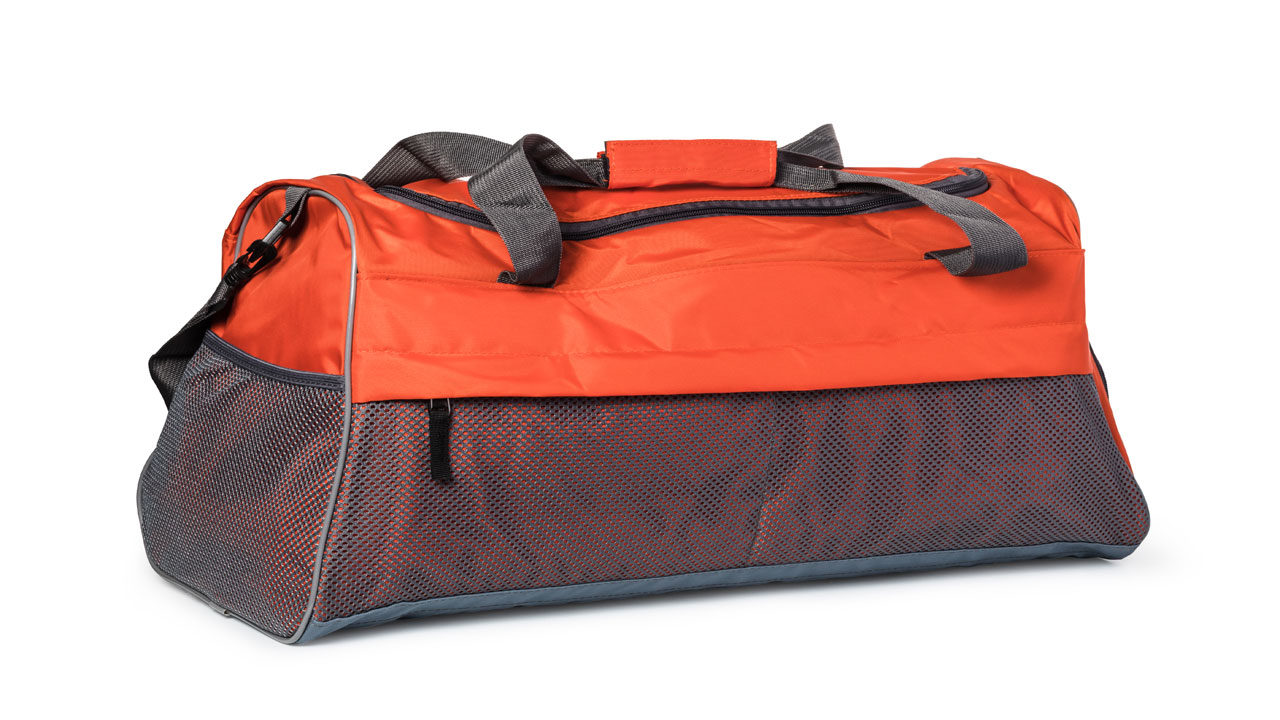
Giant backpacks seem like the best tool for survival because you can shove so much into them. But you’ll discover that when you try to put one on, it’s often a curse, not a blessing.
Trying to tote around bags full of heavy items will quickly exhaust you and make you hungrier and thirstier. Always pack as lightly as possible to keep yourself in good condition.
14 Essential Canned Goods for Your Emergency Pantry
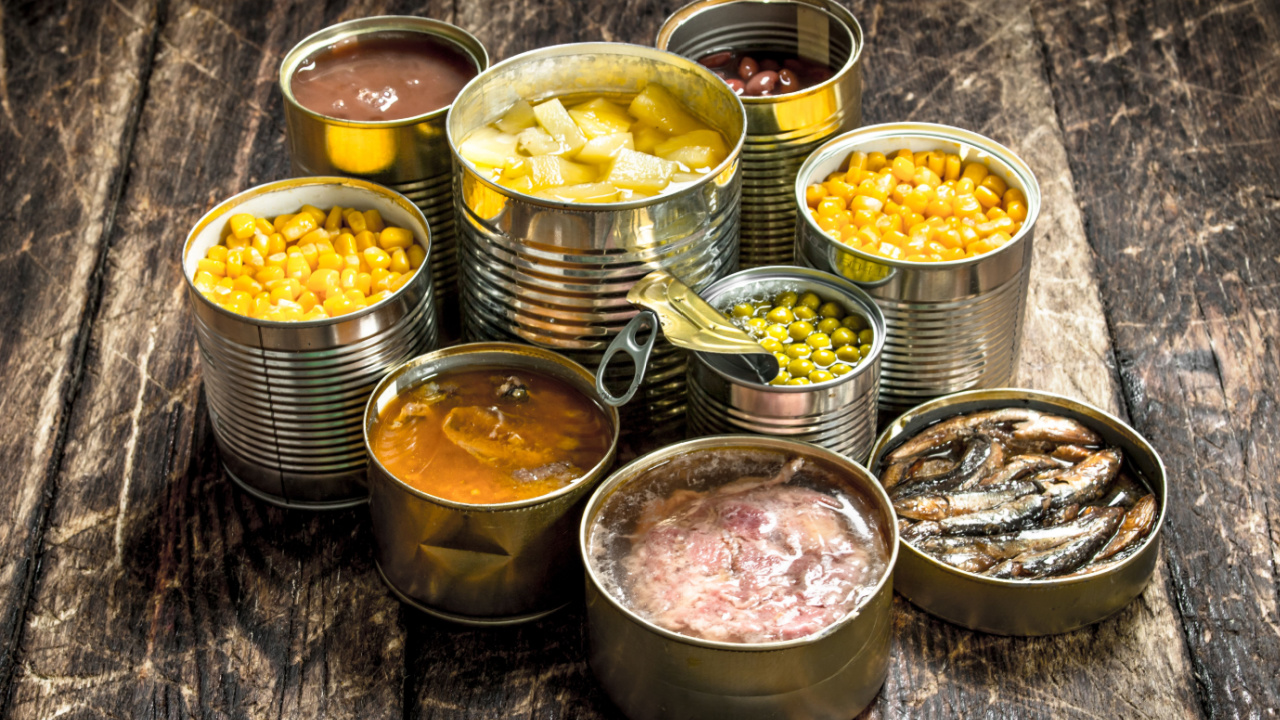
I firmly believe in keeping a well-stocked emergency pantry. While fresh food is ideal, in a survival situation, we may not be that lucky. So, for my family, even though we grow a lot of our own food, canned goods play a crucial role in emergency preparedness. They offer a reliable source of nutrition when access to fresh produce may be limited. The goods you stockpile should be affordable, easy to store, and full of nutrition.
25 Winter Foraging Foods to Save Money on Your Grocery Bill
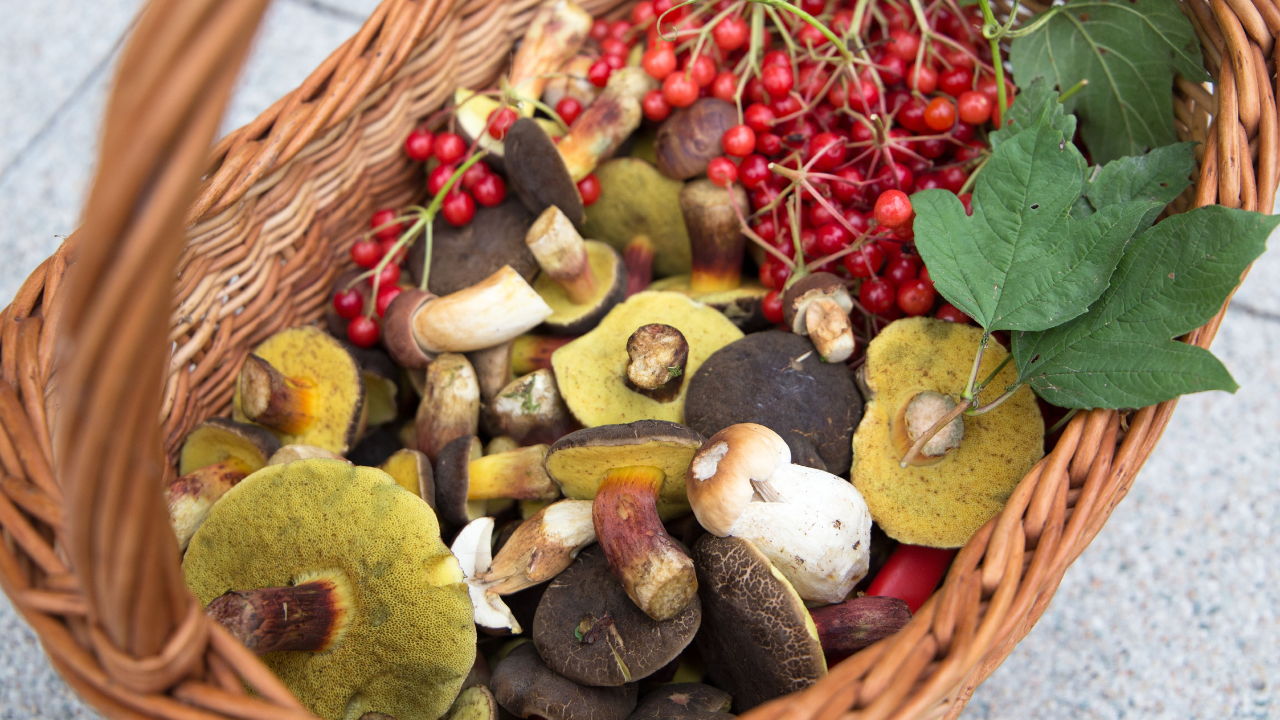
With food prices going up by 15% from October 2021 to October 2023, finding ways to cut down your grocery bills is more important than ever. Winter foraging is an awesome way to add to your pantry for free. Yes, you get free food in the form of wild edibles, but it’s also fun for the whole family, gets you moving, and reconnects you with nature.
Even though foraging in winter seems hard compared to the bounty of late summer, there’s still plenty out there if you know where to look. Plus, if things do go south, you need to know how to get wild foods to survive when there are no old-world supplies to access.
20 Crucial Supplies for Surviving a Societal Collapse
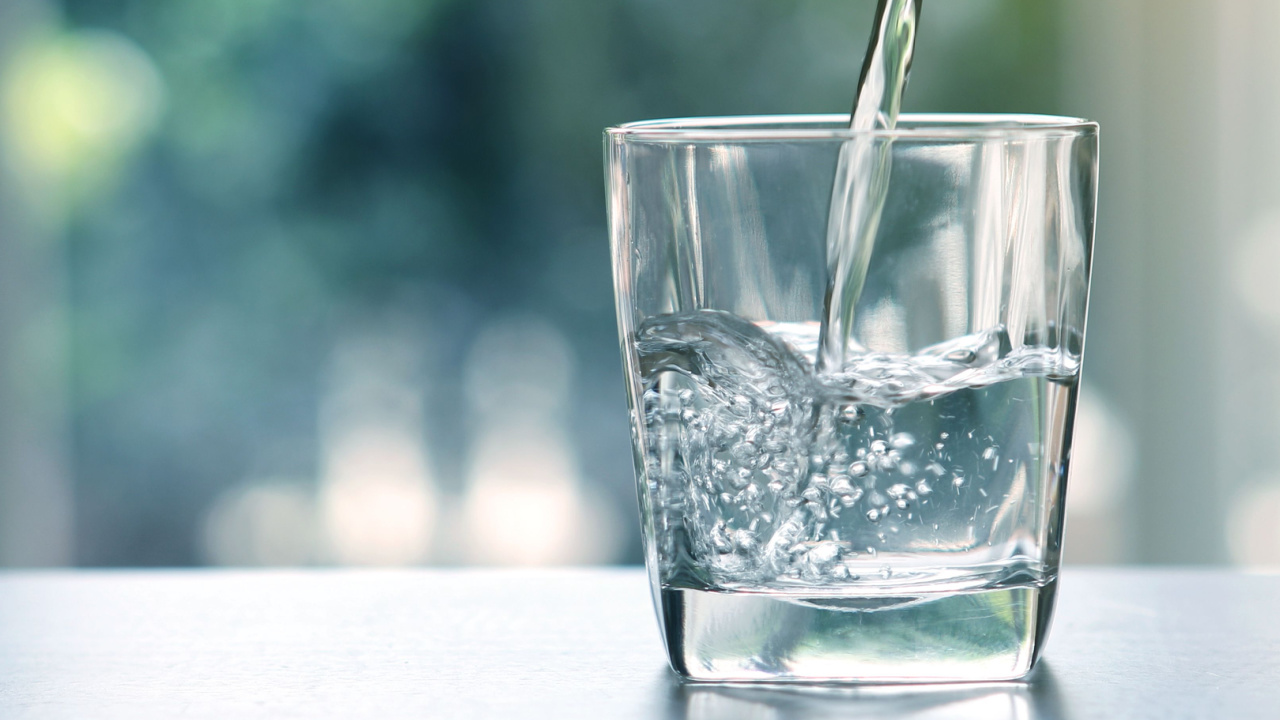
In the face of uncertainty, being well-prepared gives you at least some degree of control and security. The thought of a societal collapse, while extreme, prompts us to consider how we might endure without the conveniences of our current lifestyle. Here’s a list of 20 essential items that could prove indispensable in such a scenario. This guide isn’t about succumbing to fear but embracing preparedness and resilience.
